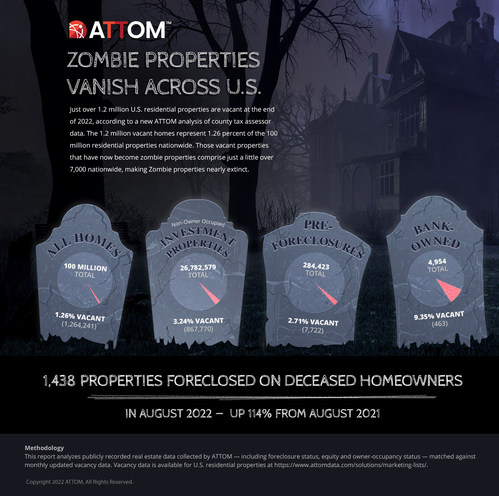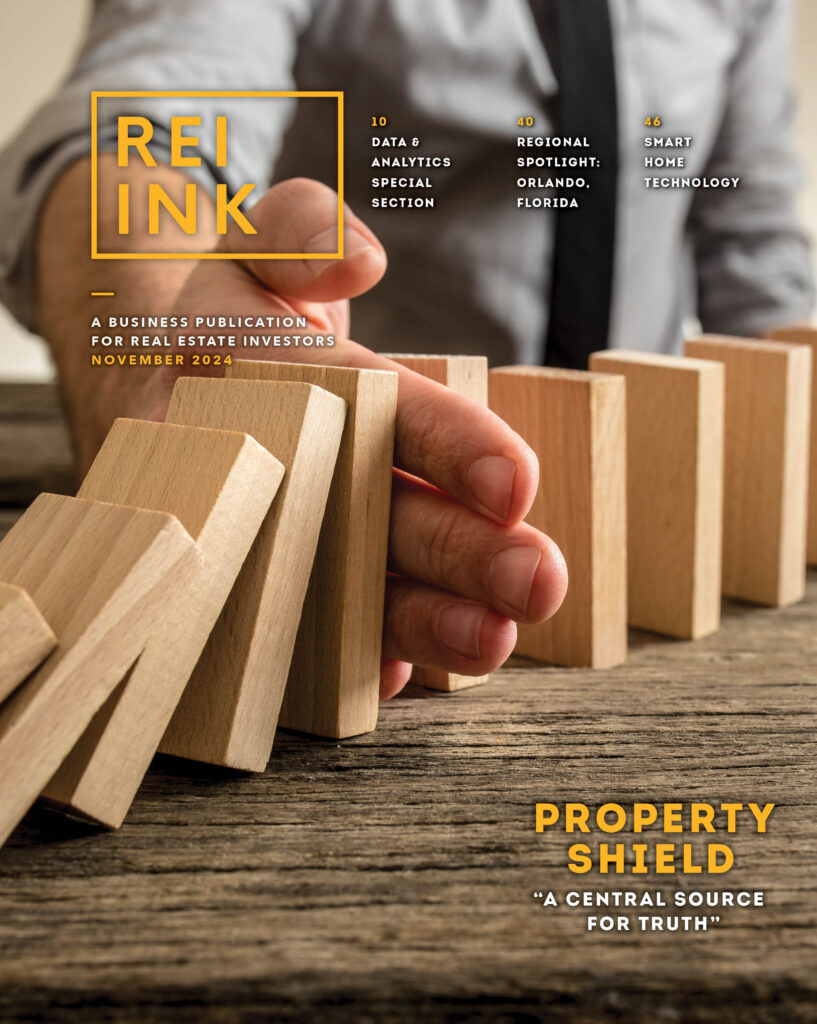- by admin
- Comment Off
- 332 views
Knock Buyer-Seller Market Index shows that 15 markets saw home prices fall by 10% or more from their highs set this spring, pushing more markets into buyer-market territory The cooling trend that is engulfing the U.S. housing market is expected to continue with more markets seeing home prices decline by this time next year as the shift to a buyer’s market continues to take hold, according to the Knock Buyer-Seller Market Index . The Index, which analyzes key housing market metrics to measure the degree to which the nation’s 100 largest markets favor home buyers or sellers, found home prices in 98 markets in September were below their peak price this spring. Providence, Rhode Island, and Salisbury, Maryland, were the only markets where home prices have remained at their peaks set earlier this year. In 15 markets, prices dropped by 10% and prices in 42 markets are projected to fall further from their 2022 records by September 2023. The total number of buyers’ markets increased to 16, more than double from August. This is expected to grow to 27 by September 2023. In a sign of the current market where high home prices and rising interest rates have pushed many buyers to the sidelines, just over 1.8 million homes had traded hands across the nation’s largest 100 housing markets through the first nine months of 2022 — less than during the same time frame in each of the past four years. Although still low, the supply of homes for sale has grown steadily throughout 2022 as median days on market increased to 20 in September – up by one full week from a year ago. The average sale-to-list ratio, which measures how close homes are selling to their asking prices, fell to 99% in September, the lowest level since February 2021 and down from 100.3% in May when home prices peaked across the nation. “Based on our findings, the shift to a more balanced market is still in its early stages. We expect that this much-needed reset will persist through much of 2023, and although prices will again begin to rebound they likely won’t return to their peaks for the foreseeable future,” said Knock Co-Founder and CEO Sean Black. “While many drivers of the housing market like demographics and record low unemployment have not changed, the combination of higher rates and home prices have put affordability at the worst levels in 30 years with entry-level monthly payments set to be 34% higher in 2022 vs 2021. The good news is that as prices soften and rates stabilize once the Fed is done with its aggressive rate hike campaign, hopefully after its meeting in November, buyers will be ready to re-enter the market and sellers will retain the majority of the equity gains they’ve seen in the last two years.” West and South dominate the 15 markets with the largest price declines Nationally, the median home price was up 6.6% to $388,000 year-over-year in September, but down 5.4% from its peak of $410,000 in May. Although seasonality plays a factor in home prices, the rate at which prices are appreciating is well below the double-digit growth seen over the past two years. Fifteen markets saw prices drop by 10% or more in September from their price peaks, which were set between April and June. Seven of those markets are in the West, another seven are in the South and just one, Bridgeport, Connecticut, is in the Northeast. Reno, Nevada, Winston-Salem, N.C., and Boise City, Idaho saw the biggest declines from their peak prices, falling 14%, 13.1% and 13.1%, respectively. According to the Index, home prices in 13 of the 15 markets will grow year-over-year, but are expected to remain below their 2022 peak pricing through September 2023. Winston-Salem, North Carolina (10.3%), Fayetteville, Arkansas (9.1%), and Seattle, Washington (8.9%) will see the largest year-over-year price gains. Home prices in Boise, Idaho, and Las Vegas, Nevada, are projected to decline further by this time next year. By next year, 42 markets will see price declines from their peak Home prices in 42 major housing markets are projected to fall further from their 2022 record highs by next September. Fifteen of the 42 markets are in the South, including three of the 10 markets with the largest forecasted price drops. Fifteen are in the West — home to some of the most expensive markets in the nation. The remaining seven and five markets forecasting prices below this summer’s peak are in the Midwest and Northeast, respectively. Bridgeport, Connecticut, is forecasted to see the largest price drop (-7.8%), while Springfield, Missouri, will lead the Midwest with a projected price decline of 3.9%. The top 10 markets with forecasted price drops through September 2023 are: Boise, Idaho (-16.2%); Lakeland, Florida (-14.2%); Las Vegas, Nevada (-14.2%); Reno, Nevada (-13.9%); San Francisco, California (-11.7%); San Jose, California (-9.8%); Austin, Texas (-9.3%); Oxnard, California (-9.3%); New Orleans, Louisiana (-9.3%) and Ogden, Utah (-8.3%). In 15 of the 25 markets with the largest projected median sale price declines, prices peaked at well above the national high of $410,000. The median sale price peaked at $1.3 million and $1.6 million in San Francisco and San Jose, California, in April 2022, respectively. Buyers’ markets will grow from 16 to 27 by next year; sellers’ markets will shrink to 43 Despite the cool-off – a majority – 51 markets – remained sellers’ markets in September, down from 83 in August. Housing markets that still favor sellers are generally smaller. Only two of the top 10 seller’s markets in September (Rochester, New York and Hartford, Connecticut) have populations of more than 1 million people. Sixteen markets significantly favored buyers in September. Austin, Texas; Boise, Idaho; Colorado Springs, Colorado; Detroit, Michigan; Jacksonville, Florida; Las Vegas, Nevada; Los Angeles, California; Nashville, Tennessee; Reno, Nevada; Ogden, Utah; Phoenix, Arizona; Riverside, California; Salt Lake City, Utah; San Diego, California; San Francisco, California; and San Jose, California, were in buyer territory last month. Thirty-three markets were neutral, offering no advantage to either sellers or buyers. By September 2023, the U.S. housing market will skew more toward buyers. Twenty-seven of the 100 major housing markets are projected to favor buyers, 30 will be neutral and 43 will favor sellers. According to the Index, slightly over a million homes are projected to be sold between January and September 2023, down from 1.8 million during the same period in 2022. The median sale price across the nation is projected to remain flat
Read More










